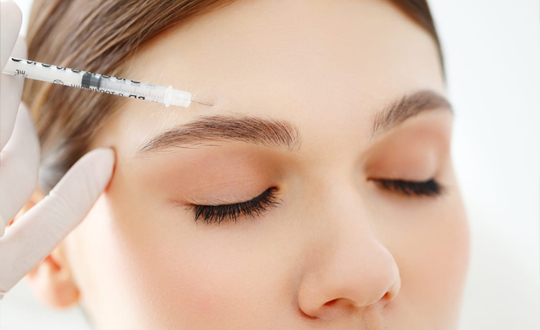An eyebrow lift, also known as a forehead lift or brow lift, is a cosmetic procedure. It aims to rejuvenate the upper portion of the face. Eyebrow lift surgery elevates the eyebrows and reduces the appearance of wrinkles and lines on the forehead and between the eyes. The procedure can create a more alert, youthful, and refreshed appearance.
Although most eyebrow lift surgeries can be done under local anesthesia, some techniques may require general anesthesia.
Types Of Eyebrow Lift Surgeries
There are several types of brow lift surgeries. Some of these are as follows:



